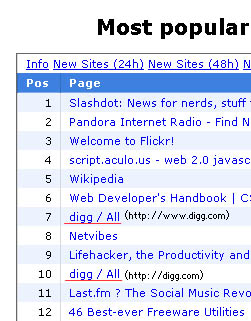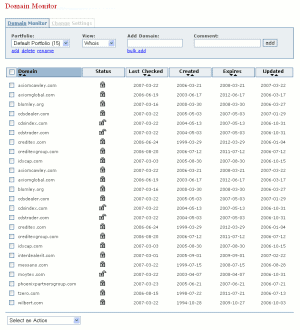Last week I told you guys I was working on a really long post that I hoped would become popular, remember? Well, I just published it on one of my other websites. The post is called 100 Ways to Increase Your Website Traffic.
I had seen a couple of similar lists around the web, but most of them contained only a single sentence per item, and most items were not directly related to generating traffic at all.
That is why I decided to write my own list. I made sure only to include points that are really going to increase your traffic (even if just slightly), and I also explained each point and included links to relevant resources where suitable.
The result is a monster post with almost 6,000 words. Here is a quote:
30. Launch a review contest. If you want to increase your search rankings you could launch a contest where people need to write about the content in order to get an entry. The links you’ll get will send you both Google juice and new visitors. Keep in mind that you need a good prize to motivate people to write about your contest though.
31. Launch a voting contest. You basically need to create a contest where the winner will be picked with a voting session. Suppose you have a fitness website. You could invite your readers to submit their best fitness tip, and then a voting session would decide which tip gets the prize. This would motivate participants to link to the voting session and to encourage their friends to visit your website and vote.
32. Launch a traffic contest. If traffic is what you want, why not be direct about it? You can launch a contest where people need to send traffic to one particular page inside your website. It could be the contest page (for a viral effect) or a resource page (e.g., a page where you give away an ebook). After the established time frame (e.g., 2 weeks, 1 month or anything else), you’ll simply need to check your web analytics to see which websites sent you more visitors, and then award the prizes.

 Having two different versions might damage you in popular lists and social bookmarking sites as well. The picture on the right was extracted from
Having two different versions might damage you in popular lists and social bookmarking sites as well. The picture on the right was extracted from 